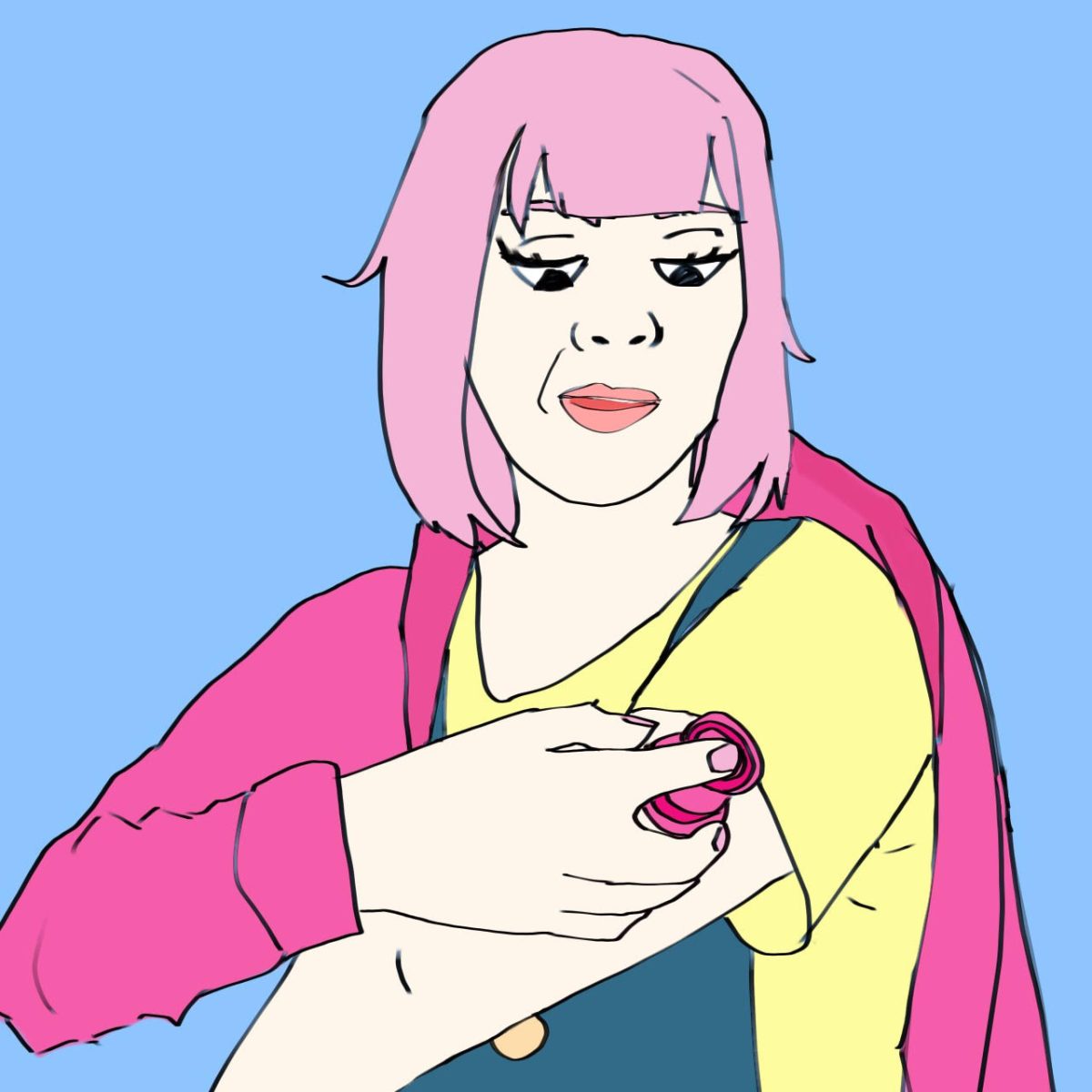What is Type 1 and 2 Diabetes?
Diabetes is an incurable chronic autoimmune disease that affects 1 in 10 Americans. It’s defined into two types: Type 1 and Type 2 diabetes.
Although both types can be diagnosed at any age, type 1 is usually diagnosed during adolescence. The pancreas does not make enough insulin, possibly because of genes or environmental factors, such as being affected by a virus. Symptoms include excessive thirst, hunger, fatigue, nausea, blurred vision, weight loss, increased heart rate, headaches and sweating.
Type 2, usually developed in adults, is when the body doesn’t produce enough insulin or the body’s cells become immune to it. Although typically associated with people who are overweight or obese, it can also be caused by genes, hormonal diseases, insulin resistance, physical inactivity and more. Symptoms include excessive hunger, thirst, fatigue, weight gain/loss and blurred vision.
Insulin is a hormone secreted by the pancreas, and not enough of it can result in high blood sugar levels because it is responsible for moving glucose out of the bloodstream. Low blood sugar levels are achieved by taking too much insulin or not eating enough to match one’s insulin intake. It is common for a diabetic to experience unstable blood sugar levels throughout the week.
What is the life expectancy of a person with diabetes?
According to a study by the European Association for the Study of Diabetes, people with treated Type 1 diabetes lived eight years less than the nondiabetic, compared to Type 2 with two years. This can be linked to diabetics being more likely to experience a myriad of diseases, such as heart disease and kidney failure.
How is diabetes managed today?
January 11, 1992, was the first day insulin was used to treat diabetes. Before then, low carbohydrate diets and exercise were prescribed to help those affected live longer. Today, technology has advanced to the point where blood sugar levels can be monitored and insulin can be administered via an app or a device connected to an insulin pump and sensor placed on a person’s body, without the help of a health professional. With this, general treatment of Diabetes consists of exercise, managing your insulin and diet.
Insulin unaffordability for Americans
The insulin patent was sold for one dollar in the hopes of affordability for all, yet a Yale study conducted in 2018 showed that one in four American patients was forced to ration their insulin because of the high costs. Researchers from RAND proclaimed that Americans spend 98.70 dollars per unit of insulin, compared to Canadians, who spend only 12 dollars. That’s 86.70 dollars less.





![Alexandra Tsygankov (12) runs on the track Nov. 18. She has run cross country for the last four years, since her freshman year. “It’s going to be the friendships and the person you grow [into] that’s gonna matter more than anything,” Tsygankov said.](https://laduepublications.com/wp-content/uploads/2024/12/Hsiao_20241118_PanoDecHealthSports_AlexTsy_001-1200x800.jpg)


